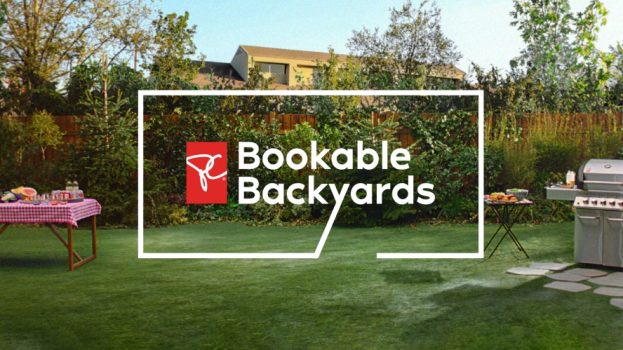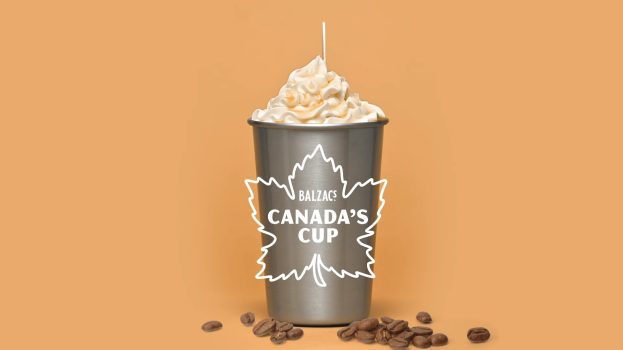Back in November, strategy turned to Jason Dubroy, to discuss how the ongoing second wave would impact shopping behaviour. And now Dubroy, who was named Mosaic’s SVP, commerce and experience this past year, has checked back in to offer updates on the importance of packaging, store layouts and nascent technology in shopper marketing, based on what he’s seen in the first half of 2021.
How important is packaging as a point of sale tool, overall, especially in an environment increasingly influenced by omnichannel and consumers looking at thumbnails?
Packaging is always going to be the number one point of sale tool, and this will never change. With the increased penetration of ecommerce over the last 24 months, now is the time to optimize packaging strategy for both online and offline sales, as people engage the medium differently at the point of purchase. There are some brands exploring a “digital first” package design strategy now in order to optimize onscreen and translate it to instore.
What CPG categories do you see as having the most opportunity to step up their packaging and point of sale game, whether aesthetically, or from a sustainability point-of-view?
Right now fresh is seeing focus due to the increased penetration during the first three waves of the pandemic, including produce, bulk, bakery breads and meats, areas that traditionally haven’t seen a lot of innovation.
Packaging in general is still a bit of a contentious issue, as the pressure of maintaining square footage facings on-shelf without retooling supply chains are at odds with reducing the total amount of packaging and non-recyclable material. Many brands want to do the right thing, but not increase cost or lose precious real estate in store. Some brands in the confection, coffee and portable foods space have great made strides in the space, but it may take retailers imposing more restrictions at the enterprise level to see larger changes from sustainability perspective.
From an aesthetics angle, we’re really seeing independent brands use packaging to differentiate themselves both on-shelf and online, and usually with sustainability at their core.
What do you make of retailers like Walmart opting for a more streamlined store layout? How is this going to affect how you run shopper programs, when shelf space is even more at a premium/limited in some areas?
Right now, even with the maintenance of the gains in ecommerce driven by the first three waves of COVID, many retailers are beginning to report pre-COVID levels of foot-traffic back to stores. Brands want and need to work with their retail partners, but this will mean pulling on all levers of a retailer’s ecosystem both in and out of physical retail. Paid search, retail media engagement, physical and digital display management, loyalty integration and audience modelling are all table stakes now, especially with a cookieless future. Combining this with the increased focus on physical category and section reinvention, the reintroduction of instore demonstration, and innovation in the POS space is what the future of shopper experience will be.
Where do you see QR codes as a shopper marketing tool for the upcoming year? Is there brand reticence to invest, or eagerness to deploy new technology?
Like board games, bread baking, and backpacks, QR codes enjoyed a renaissance during COVID, particularly in the foodservice and retail sectors where shoppers got habitually retrained on their usefulness in order to open menus in a contactless environment, shop from store windows of retailers unable to open, and get information and recipes on shelf communication. The tech, once thought to be relegated to gimmickry, has suddenly found itself useful as it has become easier to use…which is itself is uniquely ironic from a shopper perspective considering it has been an acceptable form of payment and information transaction in Asia for almost 10 years.
Brands are now using QR codes to act as contactless enablers, in order to provide feedback during a brand experience, quickly connect with a brands CRM or social platforms, or enable the provision of immediate feedback. The undisputed future of QR codes will be dynamic, where scanning a code depending on your device, location, and time of day will provide a different result, linked to curated or personalized content. There is enormous potential for this to be linked to retail media programs to drive a closed loop purchase, or even integrate with social or search campaigns as a data aggregation or segmentation tool to retarget devices post-scan for future campaigns.
























